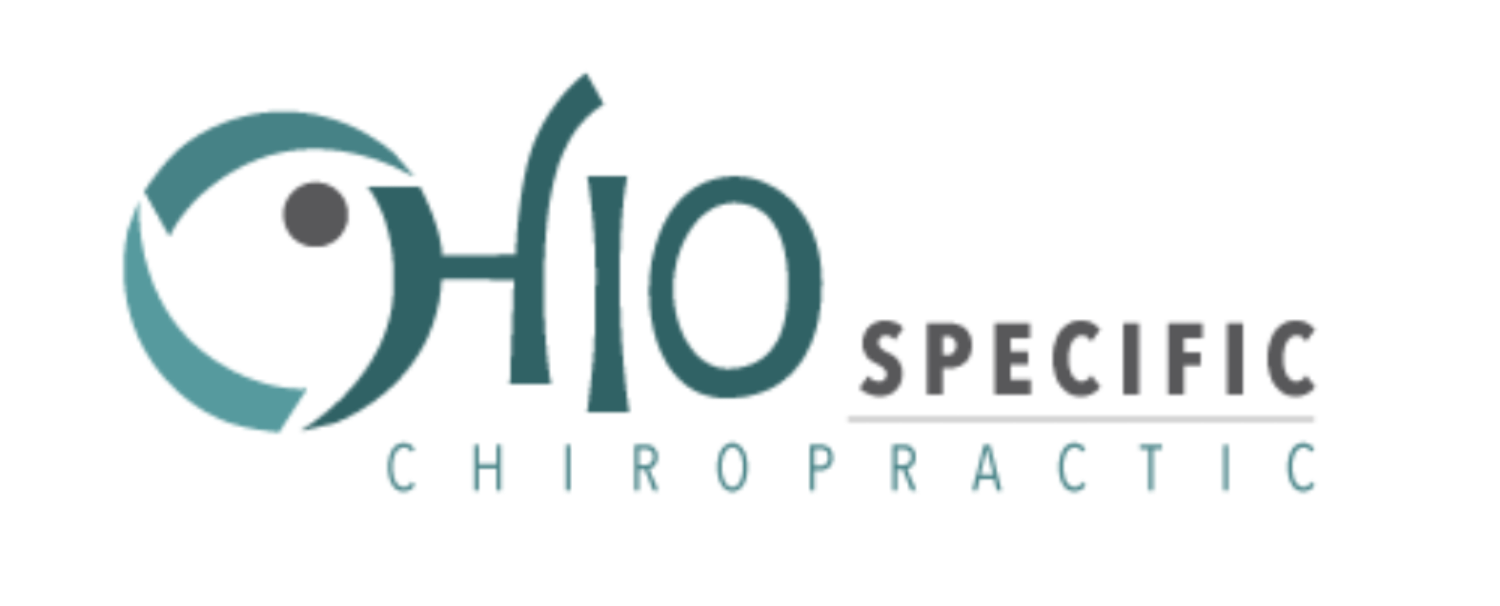Unbalanced Spine/Head Imbalance
Proprioception is how our body senses its relation to its environment. Proprioceptors are found in the connective tissues of the body. This includes muscles, ligaments and tendons. The upper cervical spine has one of the highest concentrations of proprioceptors. Upper cervical spine proprioceptors communicate directly with the sensors of the head to maintain balance around its center of gravity.
The two main sensors of the head are the vestibular apparatuses of the inner ear and the visual sensors of the eyes. Both help sense motion, equilibrium and spatial awareness. Neurological integration between the vestibular, proprioceptor and visual senses is needed for balance and to maintain our upright ‘bipedal’ nature. This allows us to navigate our environment advantageously.
Nerve input from these sensors converge at the vestibular nuclei found in the brainstem. From here, this information is sent up to higher brain areas for interpretation. Without the upper cervical spine’s communication with the vestibular and visual senses, the body couldn’t stand up on its own two feet. This is because the head is not only “top-heavy”, but “forward-heavy” as well.
The head’s center of gravity is found at a point anterior to the spine. This means that the head has the temperament to pull itself forward. The posterior muscles of the neck, especially the sub-occipital muscles, are constantly engaged to counteract this tendency and keep the head balanced over the spine.
A disrelationship between the two top bones of the spine and the occipital bone of the head puts added stress on nerves and strain on muscles to keep us balanced. A vertebral subluxation is one way the head and spine become unlevel with each other.
A subluxation is when the top bones of the spine lose their proper relationship with each other. This misalignment impinges nerves and interferes with how they communicate with the rest of the body. This creates structural and functional disruptions throughout the entire system.
An upper cervical subluxation shifts the spine out of alignment. This will tilt the head off its center of gravity. This will unevenly stretch the connective tissue in the suboccipital region. The Proprioceptors detect a change in what is happening in the body and what should be happening in the body. An alternation in the spine has been identified.
A message of this alternation is sent to the cerebellum. The cerebellum handles proprioception and motor control information. The cerebellum processes the abnormal stretch. This information is then sent to the brain for integration. Generally, the cerebellum tells the brain what is occurring in the body.
The sensory cortex region of the brain contains a blueprint about what should be happening in the body. At this point, the brain compares what should be happening in the body to what is happening in the body. A subluxation disrupts the blueprint and forces the brain to send a compensation response to the body to “right the wrong.” The motor cortex sends a response through nerves that control postural muscles of the spine, pelvis and lower limbs.
The brain activates posture muscles to help level the head and eyes as a result of a vertebral subluxation. The cervical and upper thoracic spine will alter their curves to rebalance the head. This in effect causes an imbalance between the upper trunk and neck relative to gravity. To correct this event, the lower thoracic and lumbar spine compensates their curves to counter-balance the gravity scale. This in turn will create a discrepancy in leg lengths.
These postural compensations can start to tax brain function. Chronic neurological responses create overstimulation in the brain, usually in the same brain hemisphere as the tilted side. For example, if the head tilts high on the right, the right hemisphere overstimulates.
Overstimulation creates stress. Prolonged stress depletes resources and leads to fatigue. Brain fatigue effects neurotransmitter chemistry. The two main neurotransmitters effected are dopamine and serotonin.
For example, if the head tilts high on the left, the brain is activating dopamine more. Over time, the dopamine tank can start to run empty. Or the brain becomes desensitized to it. Either way, the brain can’t get its “fix” of dopamine.
More serotonin is activated if the head is tilted high on the right. Over time, serotonin production gets fatigued and/or the brain becomes less sensitive to it. Either way, brain serotonin levels become off-balanced.
When we correct an upper cervical subluxation through a specific Chiropractic adjustment, the body has a greater potential to balance itself. This correction decreases local muscle tension in the suboccipital muscles and reduces compensatory actions from the brain. Neurotransmitters can also act in better harmony and regulate more soundly.
A specific Chiropractic adjustment reduces structural compensation and functional disruptions. This allows better communication between the brain and the body. Your overall health potential improves when you’re aligned.
- Jarek Esarco, DC, CACCP
Related Blogs:
How a Head Tilt Effects Brain Chemistry
The Vestibular System Influence on Eye Movement, Posture and Cardiopulmonary Function
Muscle Control of the Upper Cervical Spine





